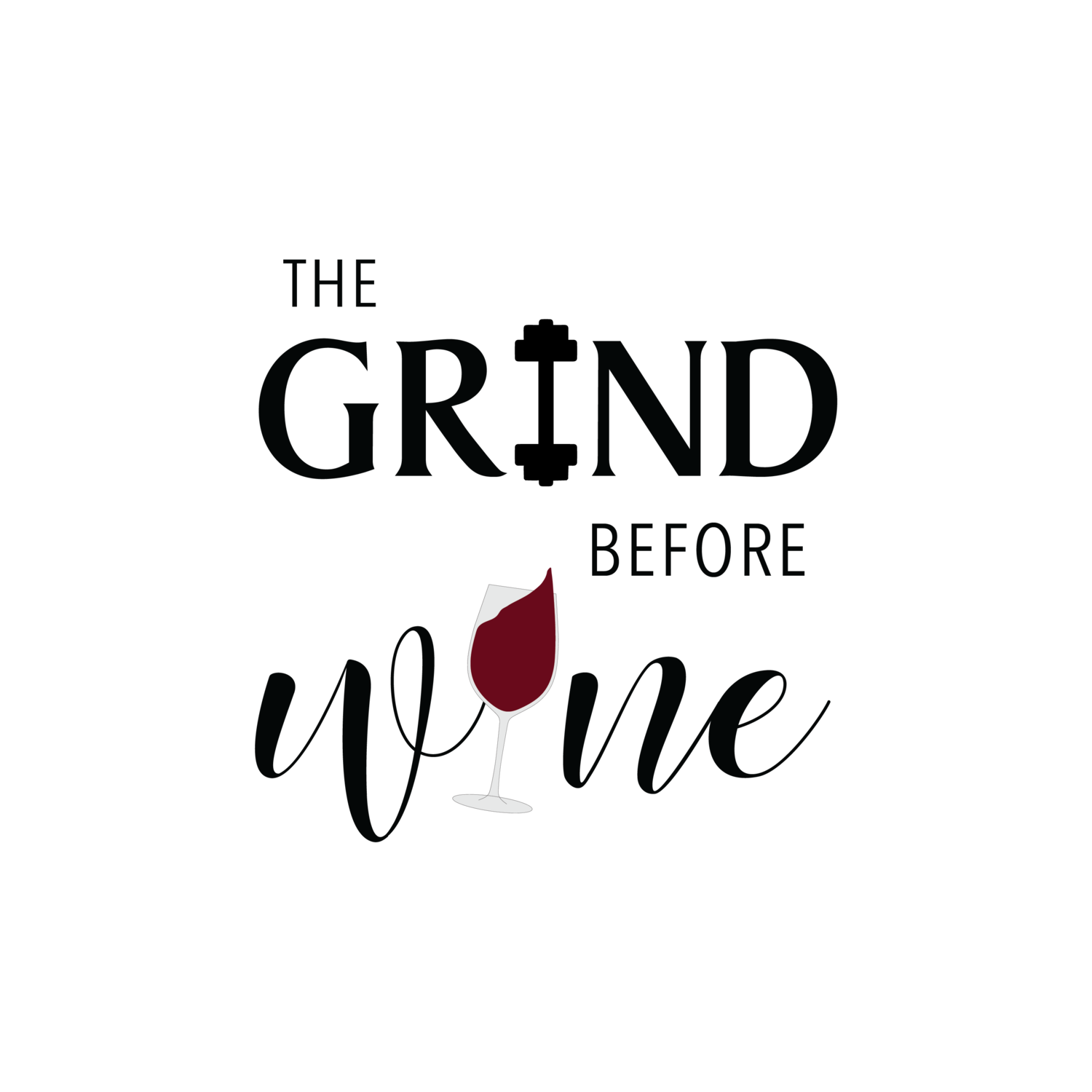Interval Workouts: Why They Work and Why They Stop Working
If I had a dollar for every time a new client told me, “I used to do *Insert High Intensity Interval Training Studio Here*, but it didn’t get me the results I was looking for,” I would probably have enough dollars to take a trip.
Just kidding. Sort of. I mean, I honestly could probably afford a day at the Wisconsin Dells or something.
But anyway.
There’s a reason why so many people don’t get what they’re looking for from High Intensity Interval Training (HIIT) formats that have you running, rowing, and lifting all in the same hour. And as always, I’m here to help you understand more and make your own informed decision by presenting science, not my own personal opinions.
People request a consultation with me for different reasons, but a very common reason is to “get toned.” I put that in quotes because as a member of this community, you know that “get toned” is a diet culture marketing ploy and that the phrase really means build visible muscle.
If you are new to exercising and you begin HIIT workouts, you will likely notice some new visible muscle about 12 weeks into your routine. This is because your muscles are responding to the new demand you are putting on them. However, once they get used to the demand of your HIIT workout, you will likely plateau. Here’s why.
HIIT training is a form of cardio, and cardio does not build muscle over time. Cardio activities like walking and running are great for your heart and your longevity, which makes them a great form of exercise. But they are not a great way to build muscle.
Now you may be thinking, “But what about the weighted exercises done in class? Doesn’t that build muscle?” At the beginning of your fitness journey, yes. Six months into it, no.
In order to build muscle, you need some sort of progressive overload present. Simply put, progressive overload refers to the gradual increase of stress and demand on the body intended to avoid adaptation. This increase can be accomplished in many ways, one of the most important ways being to gradually increase the weights you use over time. Without any gradual progress, your body simply adapts and does not change further.
Now, for an avid HIIT workout attendee, it’s very possible that there has been some progress made on the treadmill over time. Maybe your speed has increased. Maybe you’re able to tackle bigger inclines. Maybe the amount of time you need to recover after a sprint lessens. These are all things to be proud of.
It’s also very possible that, class after class, you continue to pick up the same pair of dumbbells every time you get on the floor to lift. Picking up the next heaviest set of dumbbells to complete a set of squats may even feel impossible. And that makes perfect sense because you just sprinted your heart out, you’re still out of breath, and your legs are tired. And on top of that, you’re probably expected to do another lower body exercise in between sets of squats. So you pick up your go-to 15 pound dumbbells and do your best.
Let’s pause and start to put some of these pieces together. Here’s what we know so far:
Cardio does not build muscle
Your legs are likely too tired after cardio to properly complete a set of heavy squats
The only way to build muscle is to properly complete a set of heavy squats*
*There are 1,000 exercises that build muscle, but squats are what we’re using in our example.
So there you have it. The reason you feel like you’re busting your butt day in and day out without seeing progress is likely because you truly are busting your butt, but unfortunately, you’re not building your butt.
The most effective and efficient way to build muscle is by traditional strength training. Think: 4 sets of 8 squats with 60-90 seconds of rest in between. No running before or after. No burpees in between. Just straight up squats. Not only are you able to focus better on perfect form and full range of motion, but you’re able to challenge yourself with heavier weights that are going to build the muscle you want to see on your frame.
Regular HIIT workouts are great for people who enjoy it and want to move their body without any specific body composition related goals. They’re also a great form of cardio and do wonders for your endurance and stamina. I personally use HIIT workouts as cross-training a few times per month. And in order to build muscle, it is important to slow things down and strictly strength train at least two days per week.
If you would like to learn more about The Grind Before Wine personal training and programming options, completely custom to you, your current ability level, your goals, your unique needs, and your schedule, click here to schedule a complimentary consultation.


